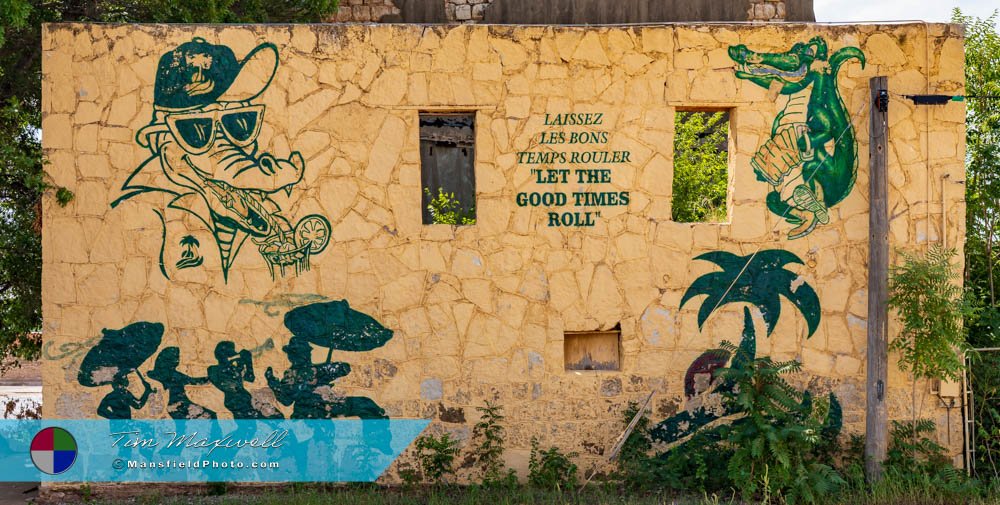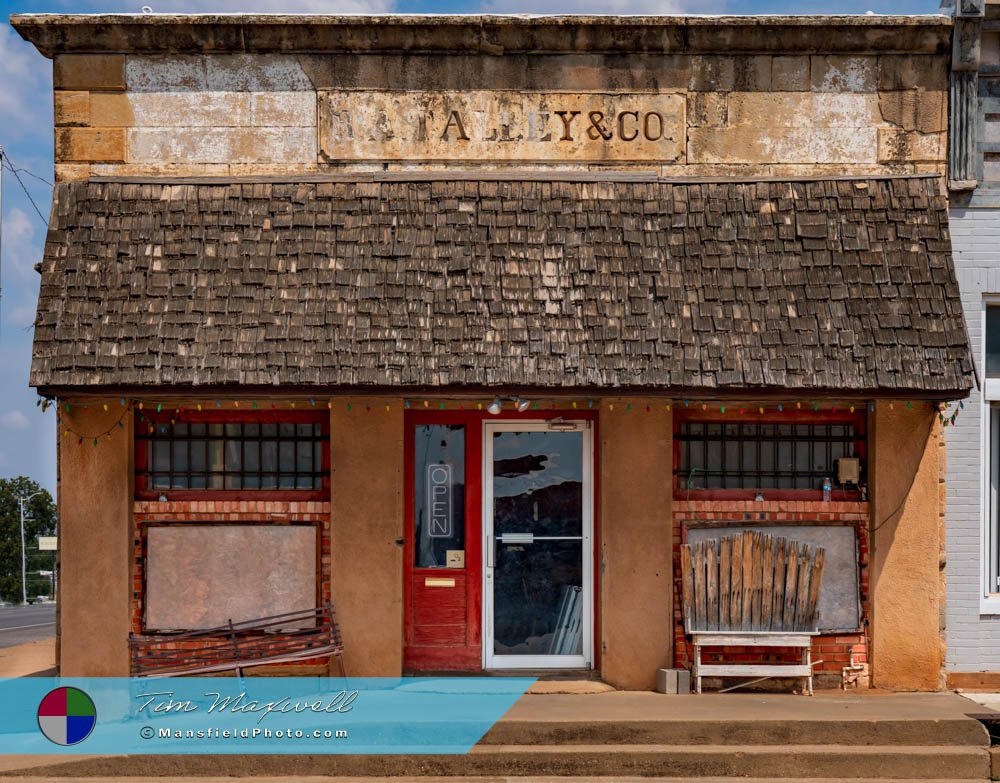Seymour, Texas
– Red Beds and Permian Fossils.
Seymour, Texas, carries a name that honors a man involved in the early development of the town. It is believed to have been named after Seymour Munday, a local cowboy. Munday helped in the organization and growth of the area, and the name was a tribute to his contributions.
When Seymour Was Settled
The town was officially established in 1879, during the time when settlers were spreading across Texas in search of fertile land and better opportunities. Like many other Texas towns, its early development was driven by cattle ranching, and its growth was boosted when the Wichita Valley Railway arrived in the late 19th century.
The presence of the railroad was vital for the town’s expansion, as it allowed local ranchers to easily transport cattle and other agricultural products to larger markets. This made it an important hub for trade and commerce in the area.
The History of Seymour
In its early years, the economy was deeply tied to ranching and farming. The rich soil of Baylor County provided a strong foundation for both cattle grazing and crop production, and the arrival of the railroad in the 1880s helped to further spur the town’s development.
The railroad allowed the town to establish itself as a key shipping point for cattle and crops, with local farmers benefiting from easier access to outside markets. In 1890, Seymour was designated as the county seat of Baylor County, giving it an important role in regional governance.
In addition to its agricultural base, the area also became a center for oil production in the early 20th century. With the discovery of oil in nearby counties, many oil companies set up operations in the area, further diversifying the town’s economy. Oil production played a major role in the town’s economic expansion during the 1920s and 1930s.
Charming Downtown
The downtown area is charming and retains much of its historical character. One of the most prominent buildings in town is the Baylor County Courthouse, a striking Classical Revival structure built in 1961. This courthouse replaced the original building and continues to be a focal point for local governance.
While small, downtown offers several local businesses, cafes, and antique shops that provide a glimpse into the town’s rich past. Visitors can stroll along the main street and explore the local history while appreciating the well-preserved buildings that date back to the town’s early days.
A key attraction in downtown is the Seymour Sound Garden, a unique outdoor public art installation that allows visitors to interact with sound sculptures. It adds a modern, artistic element to this historical town.
Interesting Facts About Seymour
- Paleo Discoveries: Seymour is home to one of the richest deposits of Permian fossils in the world. The Baylor County Museum features exhibits on the prehistoric animals that once roamed the area, including some of the earliest ancestors of mammals.
- First Oil Well in Baylor County: In 1924, the first oil well in Baylor County was drilled, contributing to the town’s economic growth during the oil boom.
Seymour Today
Today, Seymour maintains a balance between its historical roots and modern growth. Agriculture remains a key part of the local economy, with ranchers and farmers continuing to play a major role in the area. The oil industry also contributes to the local economy, though it has decreased in importance compared to its heyday in the early 20th century.
In recent years, Seymour has become known for its paleo-tourism, thanks to the rich fossil beds in the area. Visitors from around the world come to see the unique fossil discoveries that have been unearthed in the nearby Red Beds formation, making the town a popular destination for paleontologists and fossil enthusiasts.
Seymour is also home to various festivals and community events that highlight its heritage, including the Annual Old Settlers Reunion, which celebrates the town’s pioneers with parades, rodeos, and other festivities.
Conclusion
Seymour, Texas, may be a small town, but it is packed with history and charm. From its early days as a cattle town to its rise during the oil boom, Seymour has continued to evolve while maintaining its close-knit community and rural character. Whether you’re exploring its historical downtown, learning about its prehistoric past, or taking part in one of its community festivals, Seymour offers a unique experience that reflects the spirit of small-town Texas.





